The numerous disease outbreaks, high cost of cultivation, huge requirement of feed inputs and currently, a fall in price due to COVID-19 Pandemic are some of the challenges being faced in shrimp culture by the farmers of the Coastal Region.
A progressive farmer, Smt. Anita Mathew Vallikkappen and her husband, Shri Mathew Vallikkappen from Bicholim had developed a Sustainable Integrated Farming System (IFS) Model (Blue Harvest Farm) at Salem, Goa in an area of 1.8 ha for higher production, income, resource cycling and employment with technical inputs from the scientists of ICAR-Central Coastal Agricultural Research Institute, Old Goa. The fishery, piggery, poultry, fruit crops, vegetables, vermi-compost and biogas were among the components of the system.
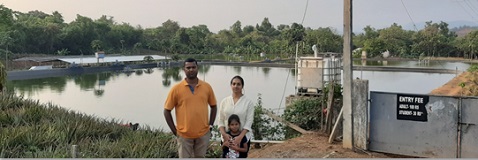
During the prevalence of COVID-19, the Institute guided the farmer in developing the IFS, which is more profitable, sustainable and resource efficient. The scientists provided the technical guidance on poly-culture of highly valued coastal fish species; Asian seabass (Lates calcarifer) (4,500) along with Mozambique tilapia (Oreochromis mossambicus) (15,000) and striped catfish (Bhasa) (Pangasionodon hypophthalmus) (4,000) in four freshwater ponds (each of 1,500 m2).
By the process, Seabass attained an average weight of 1.5 to 2.5 Kg, Bhasa - 1 to 1.2 Kg and Tilapia - 300 to 400 gm. after 10 Months. The total fish production from Seabass, Tilapia and Bhasa amounted to 6,000 Kg, 8,000 Kg and 6,000 Kg, respectively. The Piggery (Hampshire, Large Black, Crossbred, Agonda Goan, Large White Yorkshire, LandRace and Duroc) contributed significantly to the system with a production of 2,500 Kg per Month.
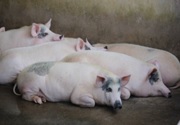
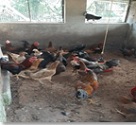
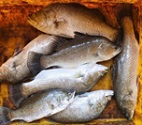
In poultry, around 150 birds (Srinidhi, Vanaraja and Gramapriya) were reared in one batch producing around 2 Kg harvest weight per chicken and 120 eggs per bird.
Approximately, 150 Quintals of Pineapple was harvested from an available area (0.36 ha) regularly along with Banana, Papaya and Passion fruits. The household requirements of vegetables (Tendli, Parval, Cucumber, Pumpkin, Red amaranthus, Tapioca and Elephant Foot Yam) were met from the kitchen garden.
The food, fruit, vegetable and chicken waste were fed to pigs and Bhasa and the remains were directed to the compost. The waste and Pig slurry applied in the biogas unit served as the energy source for cooking. The total production of compost from the farm was 40 Tonnes, of which half of the produce was marketed and the remaining was supplied as a fertilizer.
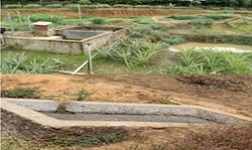
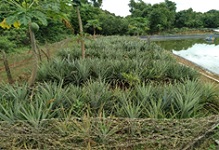
The IFS enhanced resource and organic waste recycling, created wealth from waste and also reduced the on-farm and off-farm carbon footprints. The estimated annual cost (fixed and operational) was Rs. 29.0 Lakhs with a gross return of Rs. 75.4 Lakhs, that is, a net profit of Rs. 46.4 Lakhs. The benefit cost ratio for the farm was estimated to be 2.6.
By adopting the IFS Model, the risk of crop loss was reduced due to diversified components (13 types) and the farm income has been doubled as compared to the mono-crop practice. The initiative proved to be a real helping hand in doubling the farmers’ income based on the area under cultivation and management practices adopted. The success story would encourage the farmers and could act as a catalyst that inspire other farmers to undertake IFS for enhancing livelihood security and economic empowerment.
(ICAR-Central Coastal Agricultural Research Institute, Goa)







फेसबुक पर लाइक करें
यूट्यूब पर सदस्यता लें
X पर फॉलो करना X
इंस्टाग्राम पर लाइक करें